Engaged in the clothing industry for 20 years.

Labels to Watch: Young brands bringing fashion back to Austria’s capital
Vienna has led the international art and culture scene for many eras. In terms of fashion, however, things have become quieter around the Austrian metropolis after the design greats of the last century, including Emilie Flöge, Fred Adlmüller and Rudi Gernreich, began soughting their fortune abroad. This has further been demonstrated by Helmut Lang’s stays in Paris and New York or Marina Hoermanseder’s adopted home of Berlin.
However, a new generation of young design talents has remained loyal to the Austrian capital and is shaking up the contemporary fashion world beyond its borders. Whether avant-garde shapes, handmade bridal fashion or sustainable clothing alternatives: Vienna is once again emphasising its creative qualities. FashionUnited has put together four up-and-coming brands that you should keep an eye on.
Valerie Kattus
Valerie Kattus has proved that one’s first career path does not always have to be final. After completing her medical degree, she decided to enter the fashion industry. Internships and work experience, for example in the Berlin studio of the aforementioned Marina Hoermanseder or at the Dutch fashion house Viktor & Rolf, followed and strengthened Kattus’ decision to found her eponymous label. Following her initial experience with bridalwear and evening gowns, her plan led her to focus entirely on wedding dresses.
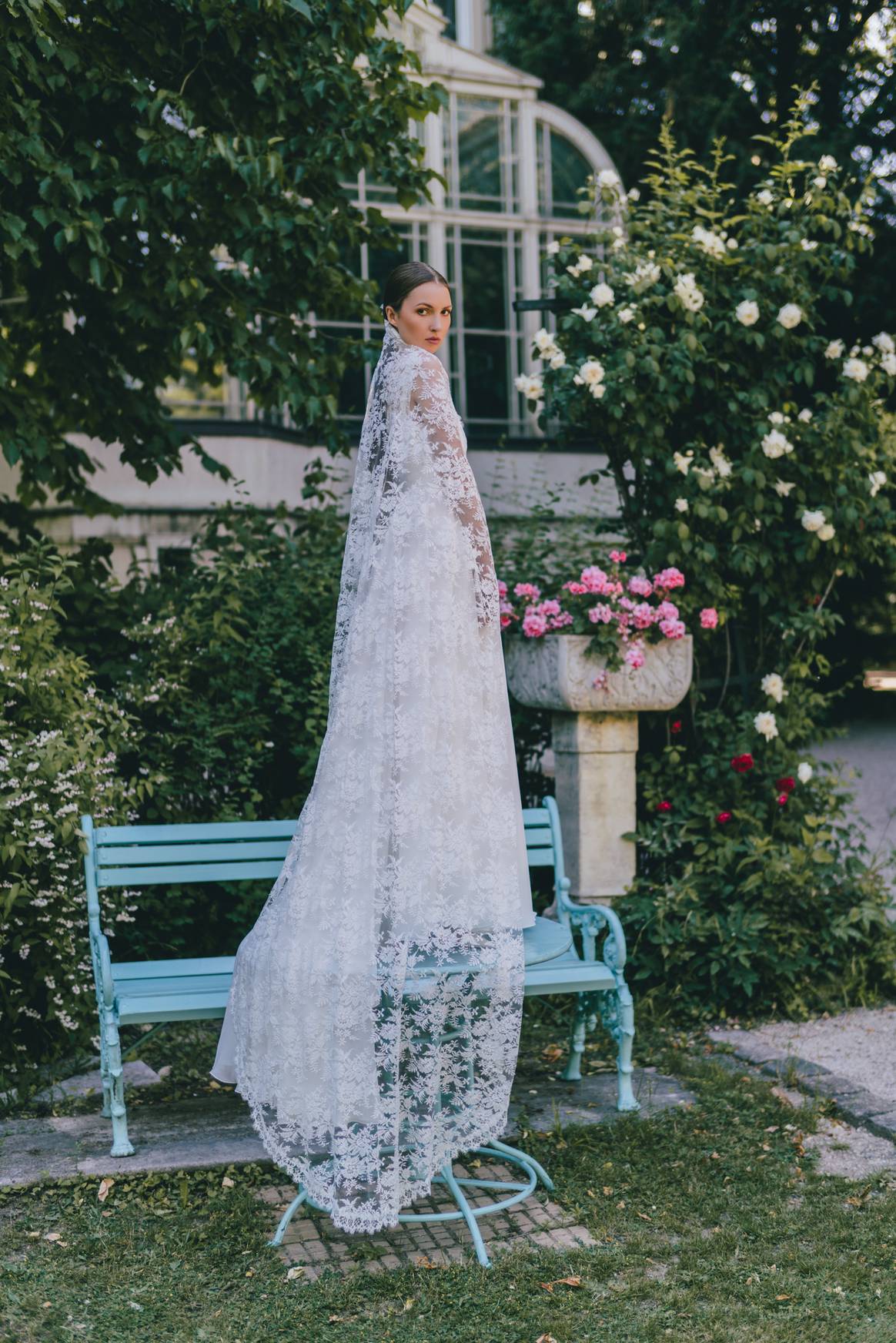
As such, Valerie Kattus combines two concepts in her Viennese studio: on the one hand, a wedding dress collection that can be tried on in the showroom and, on the other, the subsequent customisation of the selected design. It should be noted that no customised designs are created, but that the individual models are based on existing designs.
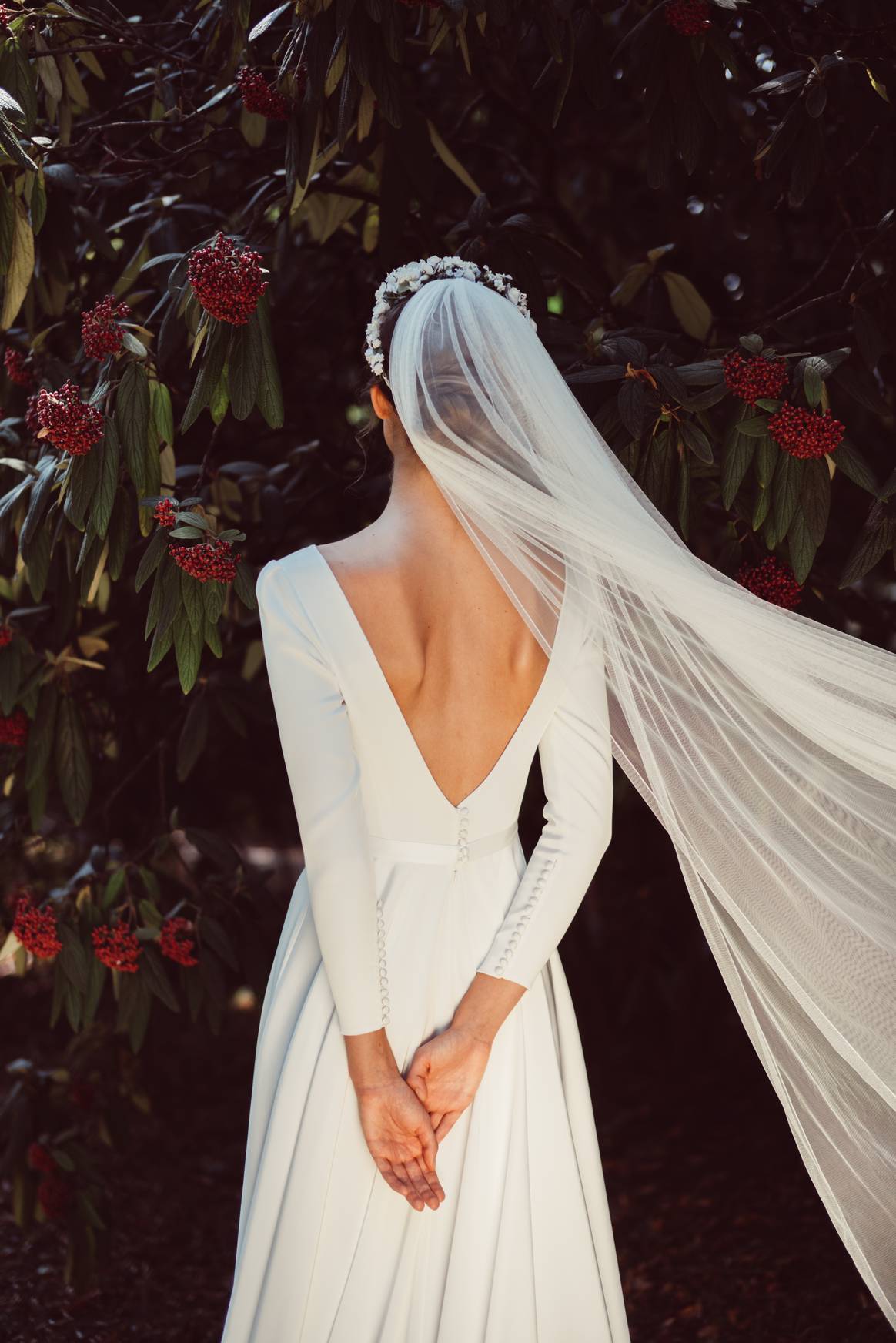
The creation process is transparent and personal. From the first trial piece to the finished dress, there are four to five fittings over a period of around four to six weeks, throughout which customers are part of every step. As all productions are carried out exclusively by the designer herself, only a limited number of orders are possible each year. The materials used are fabrics that are produced in small batches in Europe, including lace of French origin.
Amaaena
For Anna Menecia Antenete Hambira, a graduate of the fashion course at the University of Applied Arts in Vienna, fashion is an aspect of her artistic oeuvre as a whole. In her work, she always highlights various disciplines that form a holistic concept. Alongside her work as an artist and creative director, she founded the fashion label Amaaena. The brand has developed into an “interdisciplinary project”, as Hambira calls it, and combines ethnicity, sustainability, consumer criticism and contemporary design with important topics such as decolonial strategies and socio-political positioning.
In addition, the brand is dedicated to creating a transnational Black artistic network in German-speaking countries in order to help shape diversity towards Black people and their participation in the industry. By interweaving various creative tools within the fashion project, the garment, which has been degraded to a consumer product, is expanded into a medium of identities. Themes such as gender, sexuality and race are at the centre of the project.
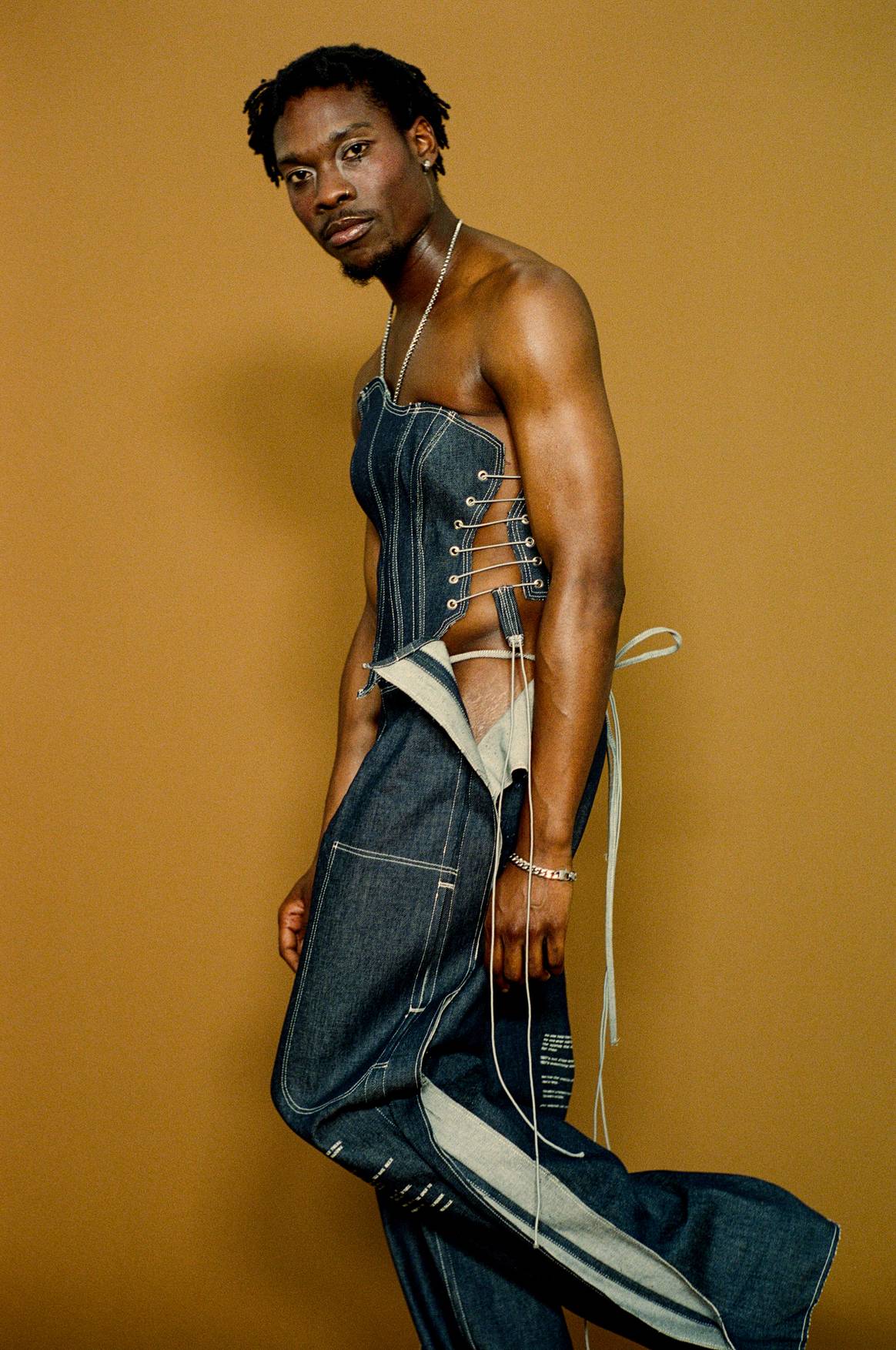
In order to conserve resources, Amaaena operates outside the conventional fashion cycle and does not follow a classic seasonal calendar. The pieces, which are produced in small series, have also been numbered since 2024 to emphasise their character as collector’s items, using materials from ‘deadstock’ – leftover or surplus fabrics. In addition, the designs take a gender-neutral approach to create space for complex identities that do not want to be subordinated to any categorisation. The collections are offered in several drops via the company’s own online shop, while regular pop-ups support sales. Hambira’s individual concept helped her to receive support from the ‘AFA Support’ funding programme of the Austrian Fashion Association and the ‘Founders Lab – Creative Industries’ of the Vienna Business Agency.
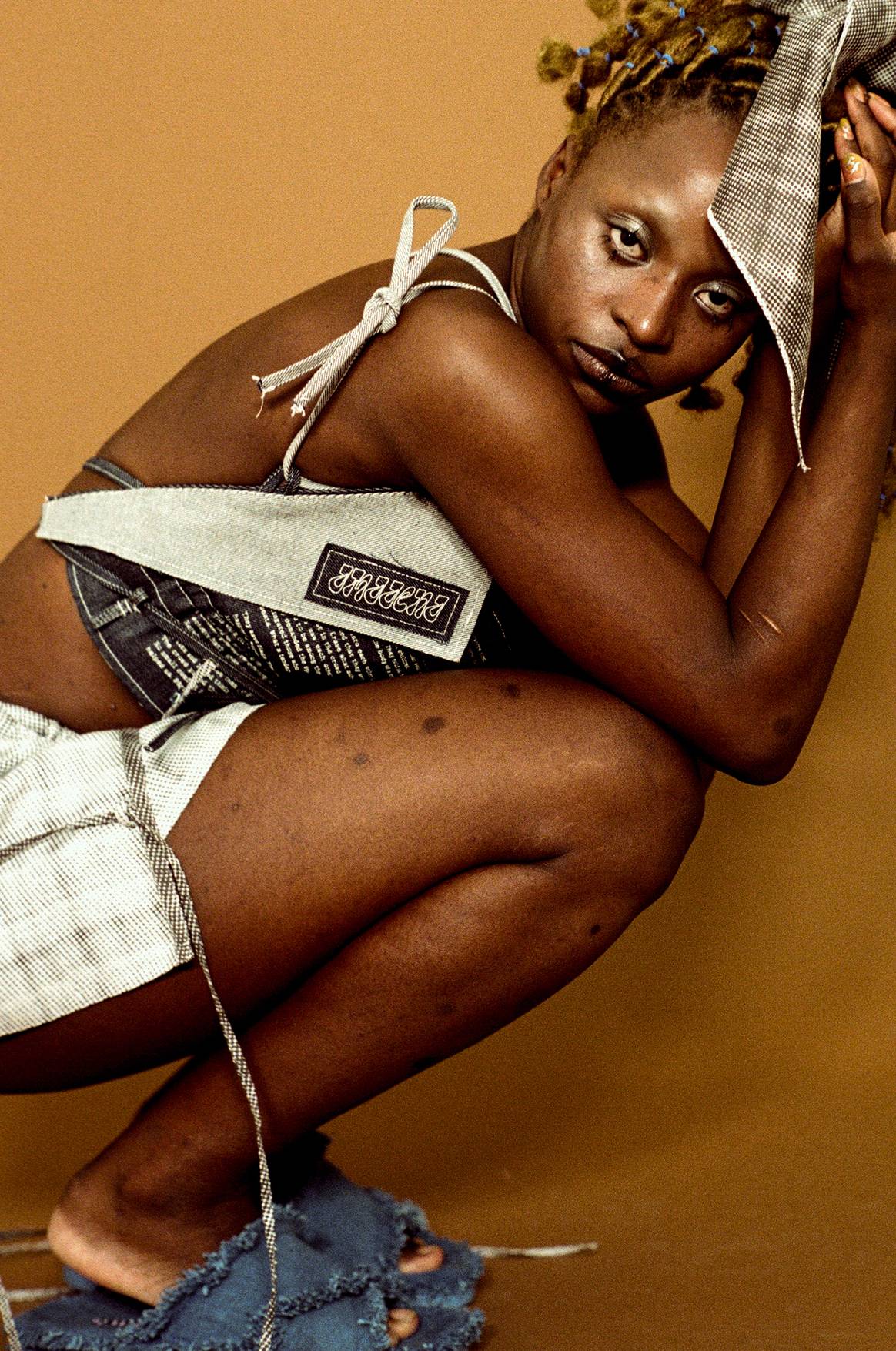
Under ‘AmaaenaStudio’, the fashion project opens up further creative disciplines in the fields of visual arts, video, costume and concept design. With topics such as ‘decolonising fashion’ and ‘anti-capitalist emancipated fashion consumption’, research and educational work is carried out in collaboration with institutions such as the Museum of Applied Arts Vienna or the Austrian Center for Fashion Research under the Academy of Fine Arts and discussed in public.
Julia Skergeth
For Julia Skergeth, aesthetics play a key role in both her everyday and professional life, which is not least due to her training as a graphic artist and fashion designer. In 2019, the native of Upper Austria launched her eponymous label, which specialises in bags and aims to look beyond fashion. The models tell stories that Skergeth has experienced while living abroad and travelling the world and are based on different cultures, people and arts. Stylistically, the creations are orientated towards a design that incorporates modern and classic aspects.
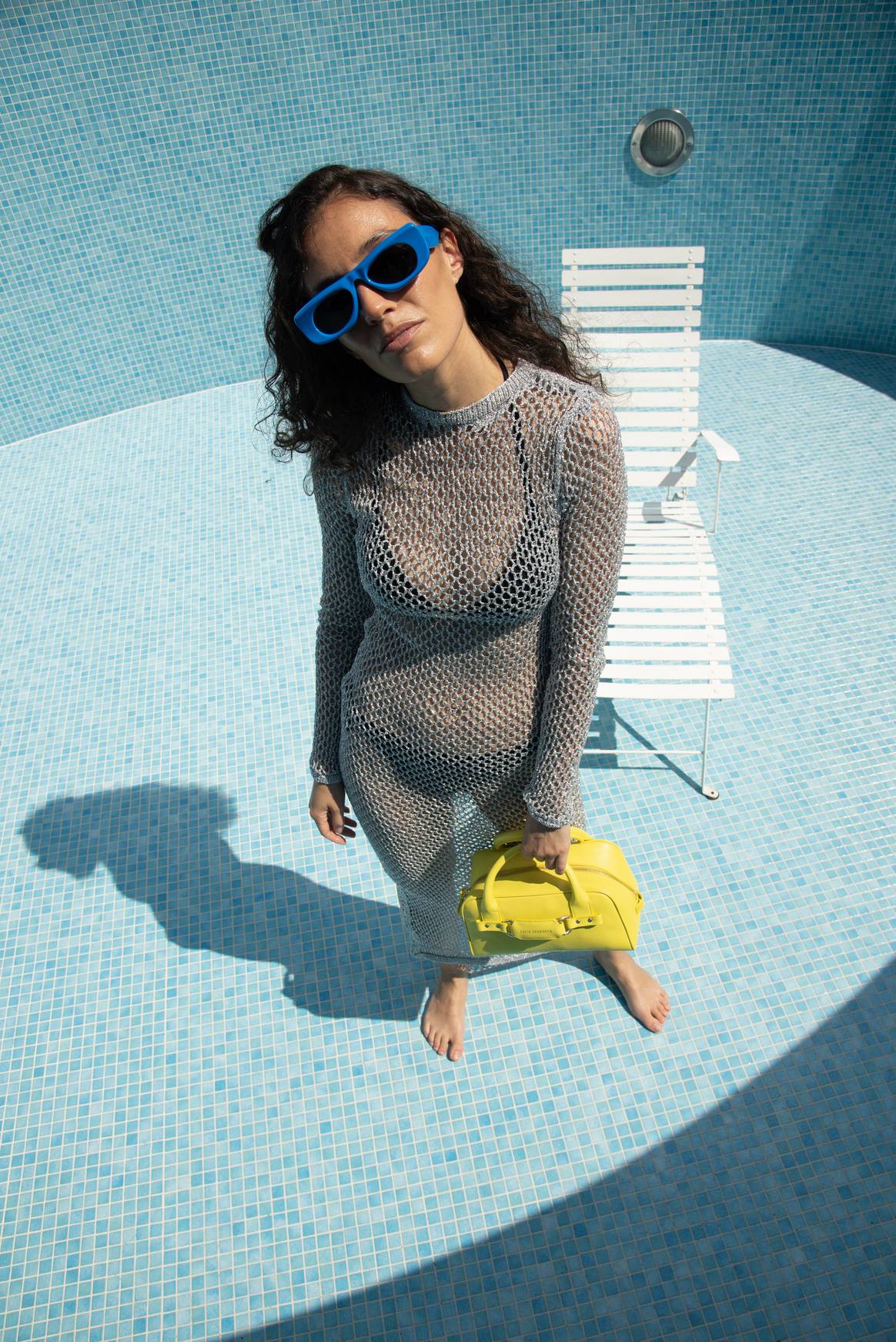
With materials such as Italian leather processed in small European factories, the brand focuses on the durability and quality of its product portfolio, which includes handbags, laptop bags, jewellery and leather care products. Strategic sourcing is used to research each material used and time is spent comparing prices and quality. There is personal contact with the suppliers of the products and the production sites are visited regularly. The price transparency in the online shop, where all cost factors are listed, should also be emphasised. The collection size varies per season and shows three bags in four colours for SS24, yet the models are designed to be worn regardless of the season.
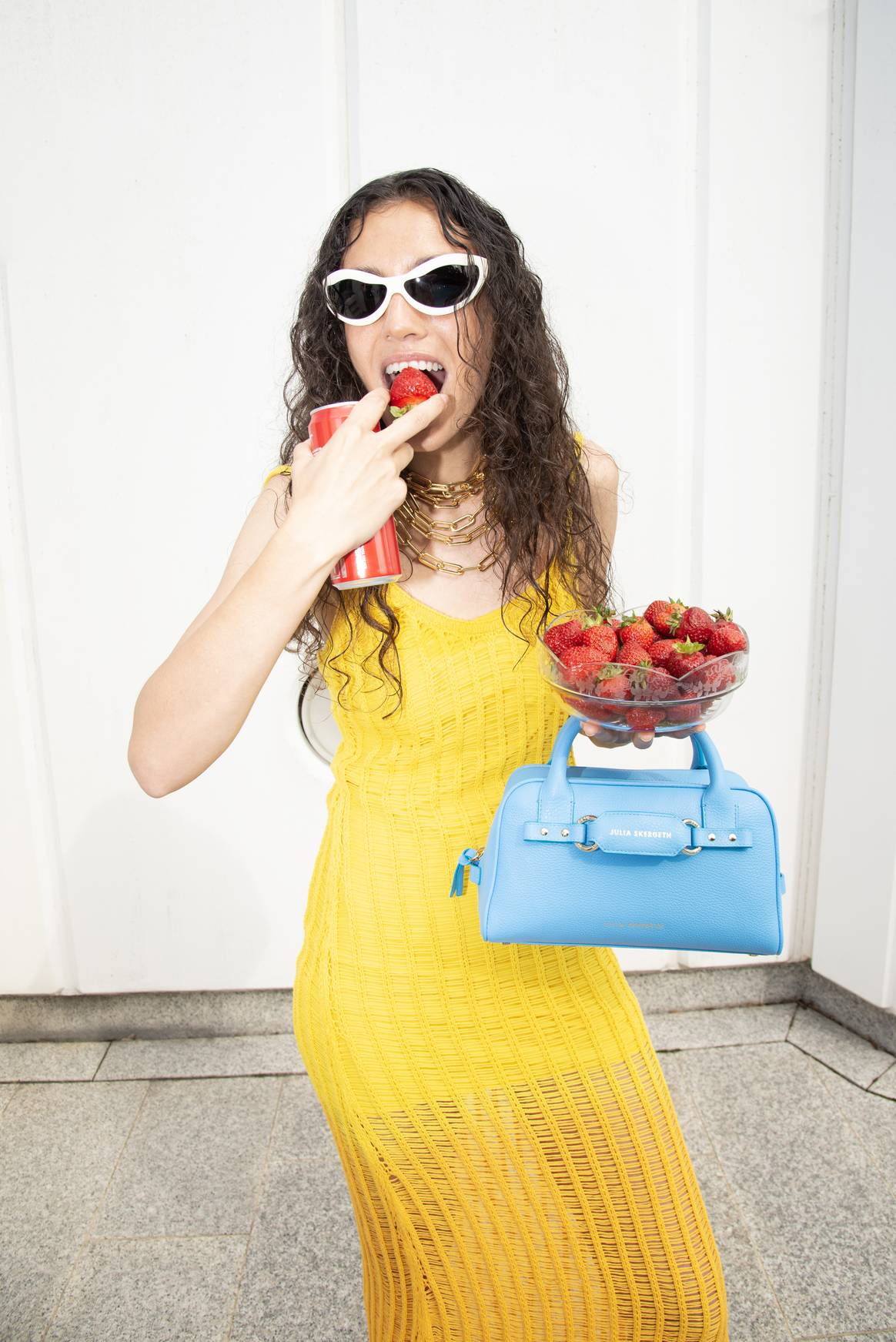
In keeping with its affinity for travelling, Skergeth distributes its products worldwide, including with retailers in the UK, Spain and Japan. In Austria, the bags are available in traditional department stores such as Steffl in Vienna and Kastner & Öhler in Graz.
Natures of Conflict
Timelessness and recollection play a central role at Natures of Conflict. The Austrian-Viennese founding duo Nora Berger and Kathrin Lugbauer studied fashion at the Vienna University of Applied Arts under the guidance of Belgian designers Véronique Branquinho and Raf Simons. In 2010, the pair founded their label, which has set itself the task of offering wearers a timeless companion with every item of clothing being both functional and sophisticated.
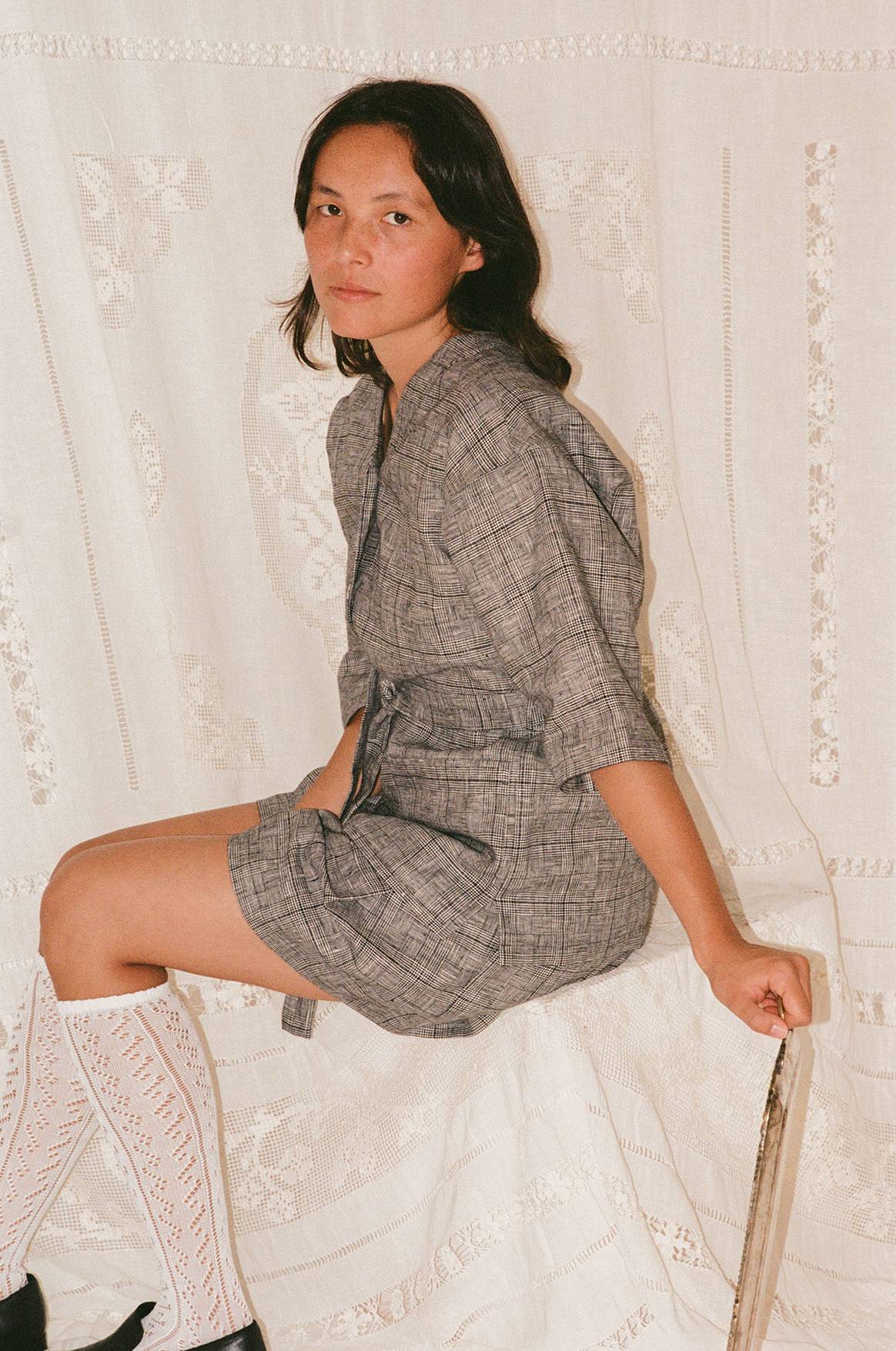
Staple elements of the wardrobe are playfully and boldly rethought, while proportions, volumes and silhouettes are honed. Together, these components form a versatile basic outfit that can grow slowly and overcome the widespread short-lived nature of the fashion world.
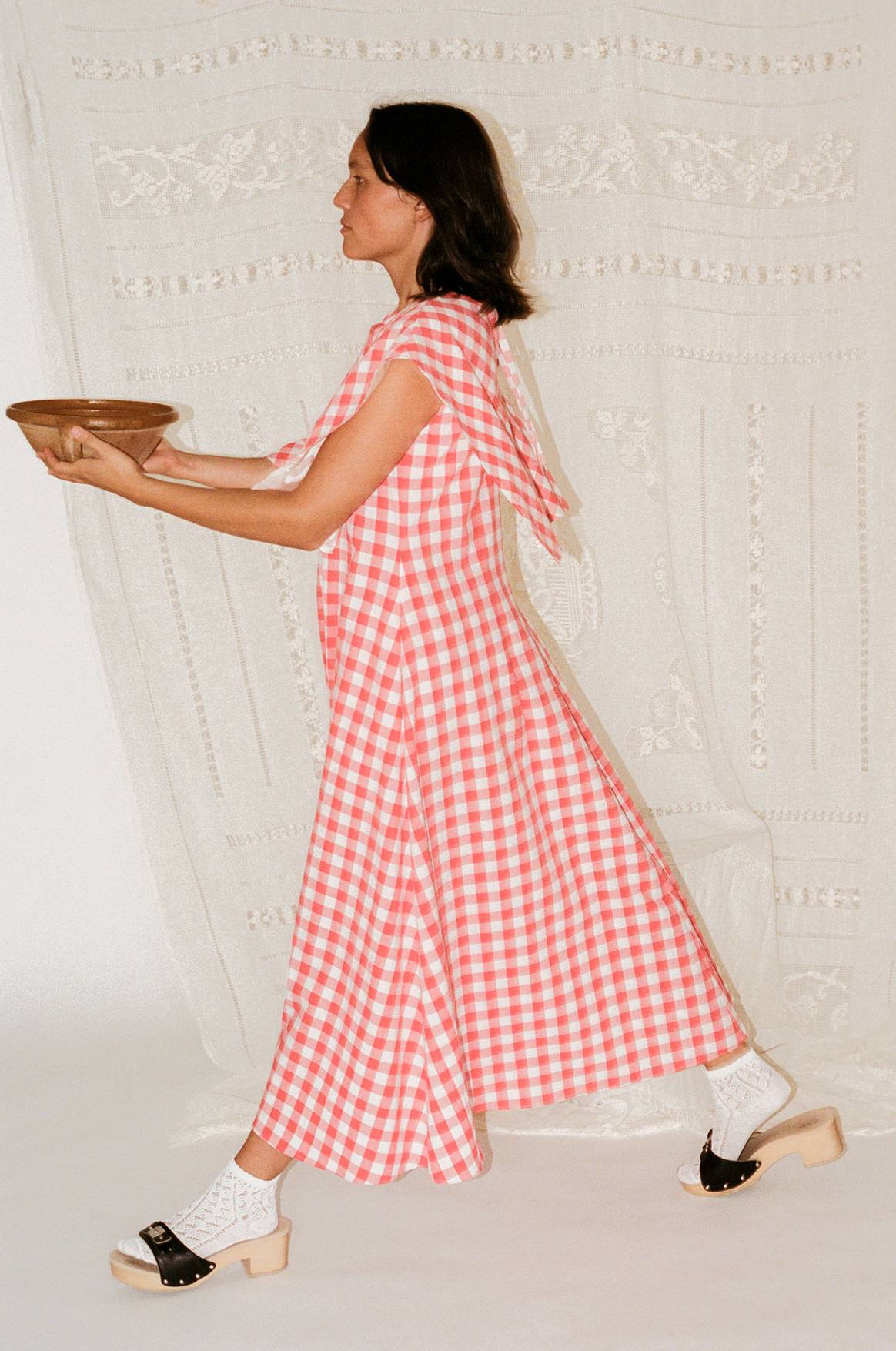
Care is taken when selecting fabrics, materials and production conditions. The brand only uses natural fibres from traceable production as well as vintage and deadstock fabrics. The number of garments produced under fair labour conditions in Europe is therefore limited. Pieces from the ‘Seasonals’ collection are only made to order by seamstresses in Slovakia, which contributes to a smaller ecological footprint.
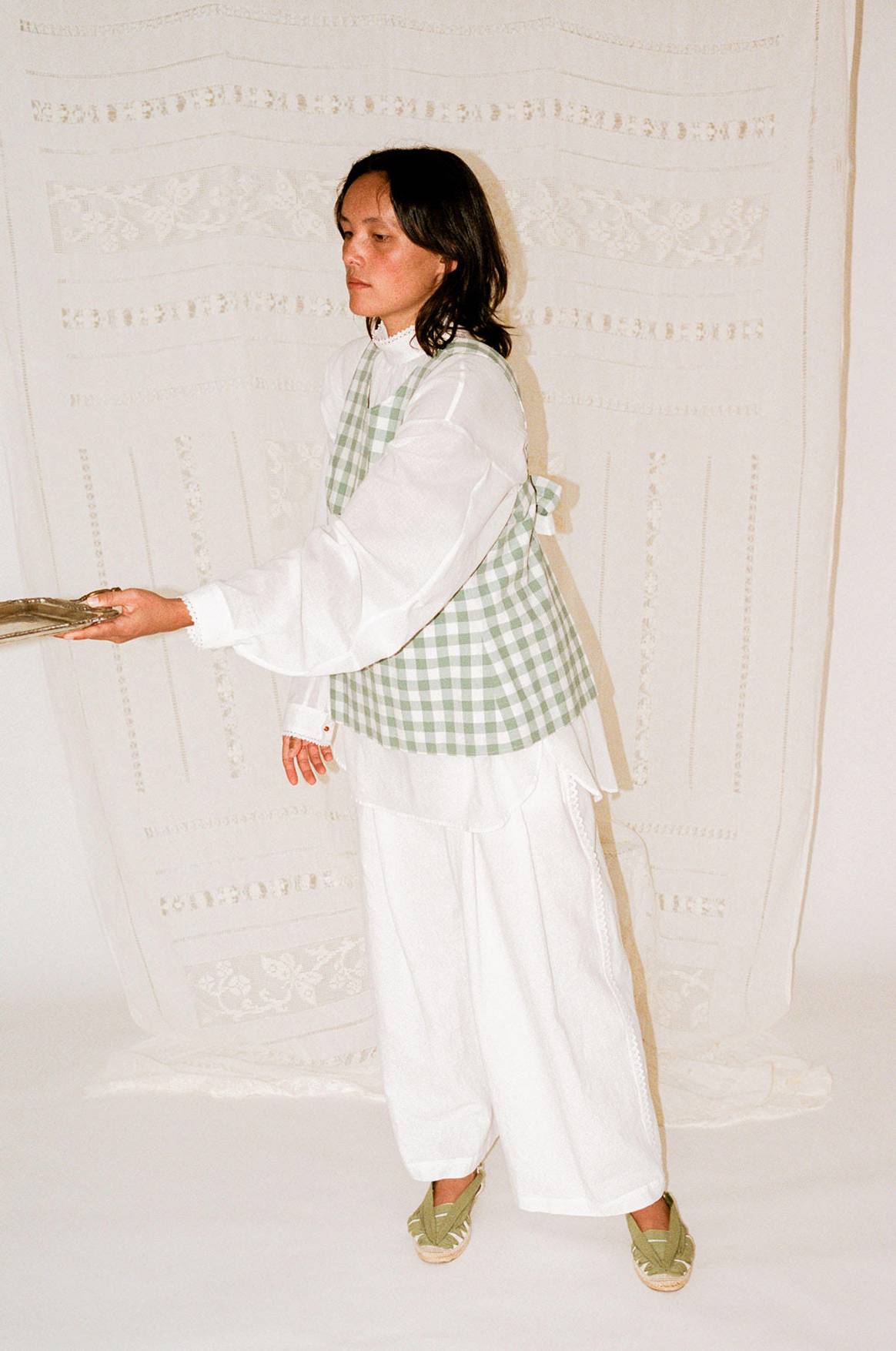
This article originally appeared on FashionUnited.DE. Translation and edit by: Rachel Douglass.


